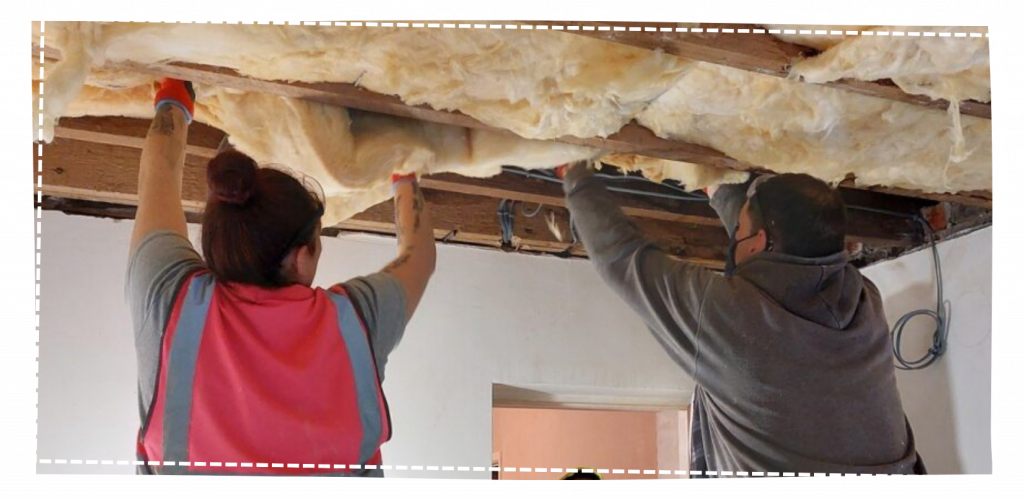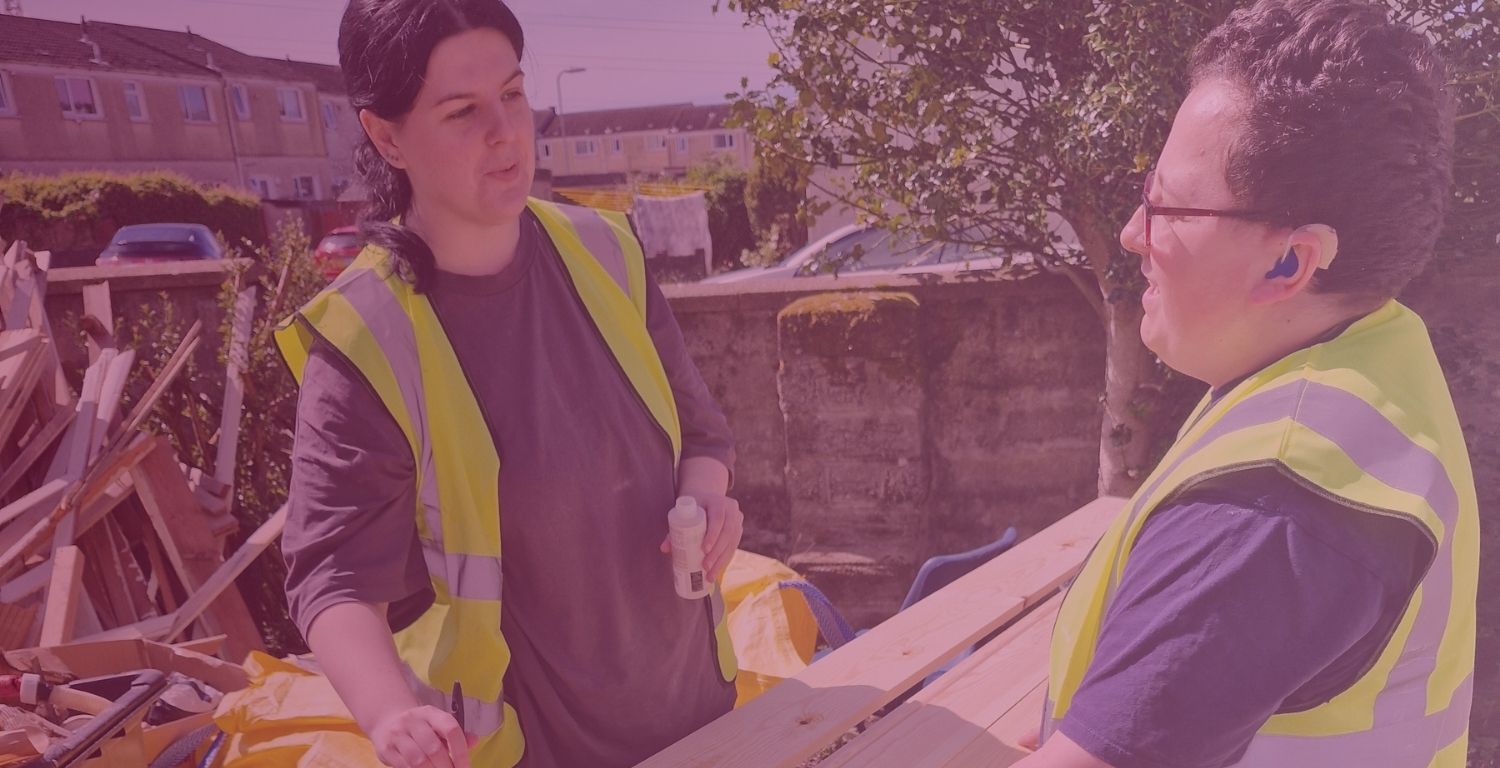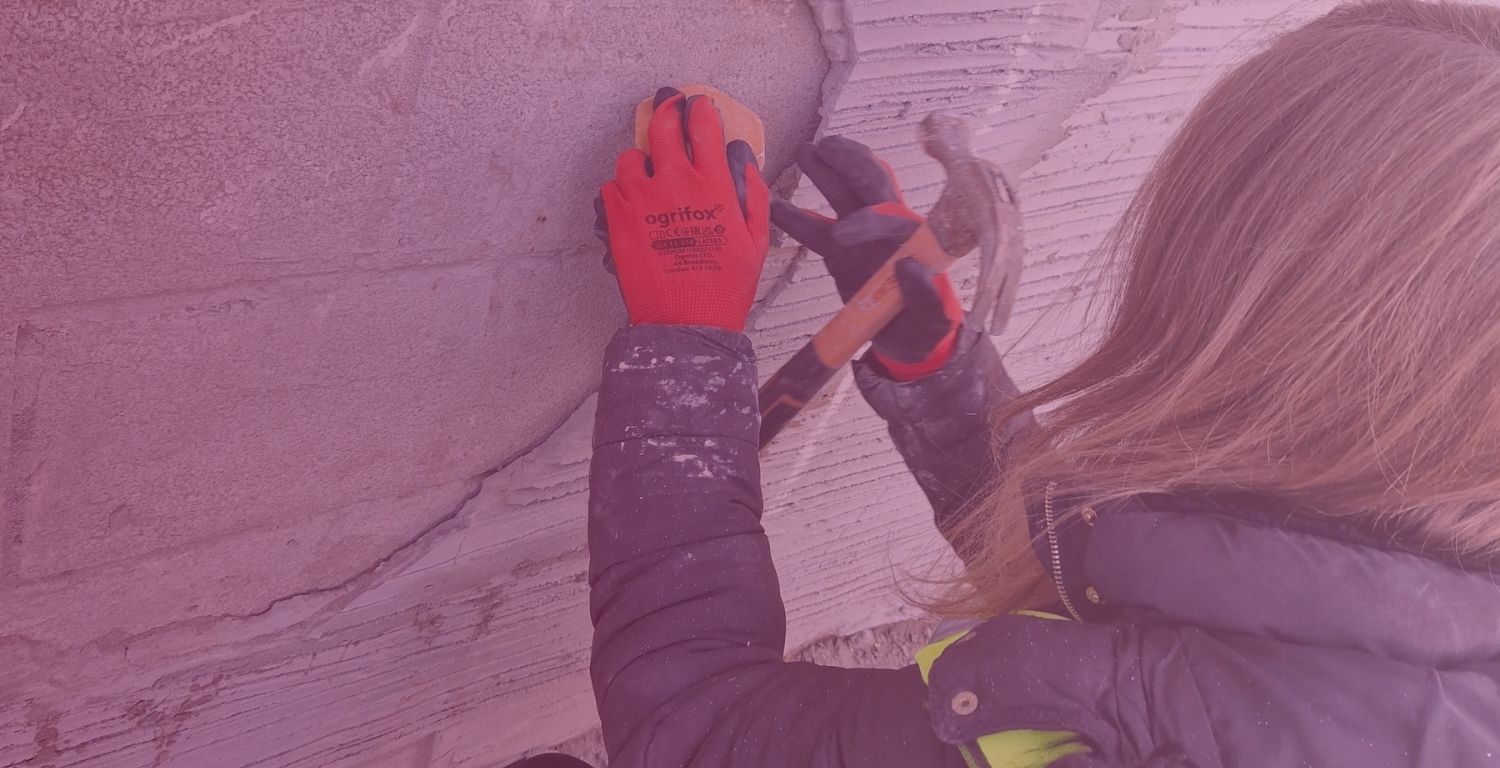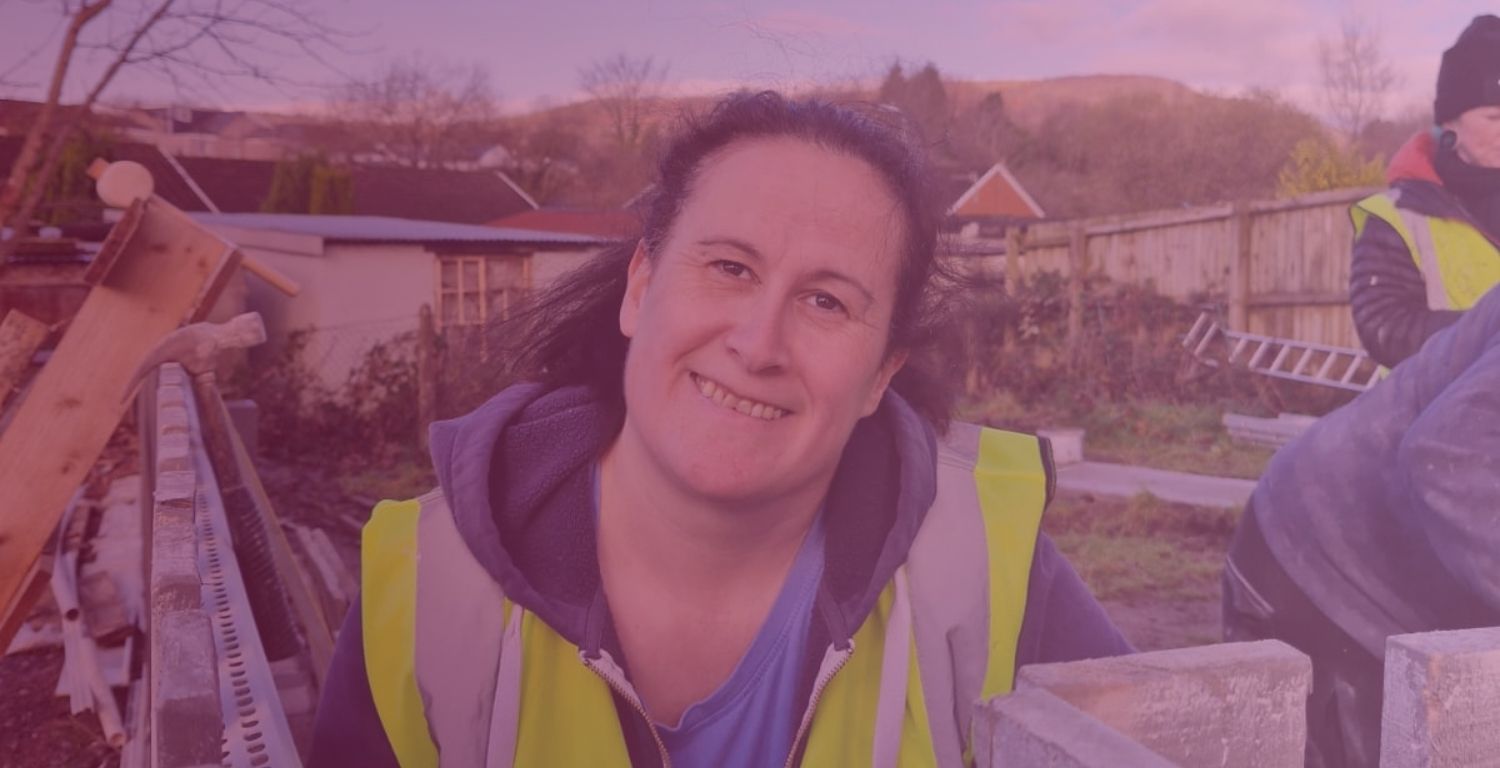Navigation
The Importance of Taking Climate Action at Home
With continuously rising global temperatures, recognising the implications climate change has on our environment, health, and social and economic stability is increasingly urgent. And knowing how to combat this can be overwhelming.
Buildings contribute a staggering 37% of annual greenhouse gas emissions from operational emissions, energy needed to heat, cool and power them, and from materials and construction. Investing in renovation to ensure your home is energy efficient not only has a significantly positive impact on the environment, but it also allows you to enjoy lower energy costs.
What does The Community Impact Initiative do to help combat climate change?
Thanks to the National Lottery Community Fund, through the Sustaining a Legacy project we provide people passionate about climate action with the perfect opportunity to meet with a likeminded community and gain practical skills to combat climate change.
Guided by knowledgeable tutors, we empower individuals to learn practical ways they can help to save our planet and lower their energy costs. By renovating empty homes, participants make new connections, and learn how small daily changes to their habits and renovations to their homes can make a positive difference to reducing their carbon footprint and improving their energy efficiency.
“Every day, we pay more money for energy than we should due to insufficient insulation, inefficient lighting and poor heating. Money that we could save by investing in energy efficiency. Energy efficient adaptations will save you money and will reduce pollution.”
Liam and Jason, Sustaining a Legacy Project Tutors.

What changes can you make in your own home?
Want to make a change, but unable get involved in the project? Don’t worry, we’ve got you!
Knowing where to start when renovating your home to be more energy efficient can be a daunting prospect, so we have compiled a list of things you could do to help reduce your carbon footprint:
1. Upgrade to Energy-Efficient Windows
Windows are a significant source of heat loss in homes. If you have single glazed windows, consider replacing them with energy-efficient ones that feature double glazing, low-emissivity coatings, and insulated frames.
However, if you aren’t in the position to change your single glazing windows, a more cost effective, less invasive alternative is secondary glazing windows. This is the addition of a window frame to the interior of your current windows that creates a barrier of insulated air.
2. Invest in Insulation
Proper insulation is essential for maintaining a comfortable indoor temperature and reducing energy consumption. Insulate your attic, walls, and floors to prevent heat loss during the winter and heat loading during the summer.
3. Install Energy-Efficient Appliances
When renovating your kitchen, opt for energy-efficient appliances. These appliances consume less energy than conventional models, saving you money on utility bills while reducing your home’s environmental impact.
4. Upgrade Lighting Options
Replace traditional bulbs with energy-efficient LED lights throughout your home can save you up to 80% on your lighting costs. LED bulbs use significantly less energy and last longer, making them a cost-effective and environmentally friendly lighting solution.
Where possible, installing skylight windows can allow additional lighting to brighten up your home and reduce the use of unnatural lighting. This can also allow natural sunlight to warm your home and reduce your reliance on heating systems.
5. Seal Air Leaks
Air leaks can significantly impact your home’s energy efficiency by allowing outdoor air into the home. To improve insulation, seal any gaps and cracks around doors, windows, and electrical outlets with silicone sealant for external gaps or appropriate caulk for internal, smaller gaps. Expanding foam can be used to fill larger gaps..
6. Install Solar Panels
Solar energy is a renewable and sustainable source of power that can help reduce your reliance on grid electricity and lower your carbon footprint. Although a more expensive investment, incentives, and grants for installing solar panels are available.
7. Consider Your Water Fixtures
Help to reduce water consumption and bills by installing low flow taps, showerheads, and toilets. These fixtures maintain water pressure while using less water, making them an easy and effective way to conserve water
What's next?
By incorporating any of these renovation ideas into your project, you can help to reduce not only your carbon footprint, but the pressure of energy bills. Whether you’re upgrading windows or adding insulation, investing in changes towards energy efficiency makes a positive impact on our environment and helps combat climate change.
Sustaining a Legacy empowers individuals to make adaptations within their daily lives and reduce their carbon footprint, and also learn the necessary skills to transform empty properties into energy efficient homes. Are you, or someone you know interested in getting involved in Sustaining a Legacy? Contact us to find out more!




